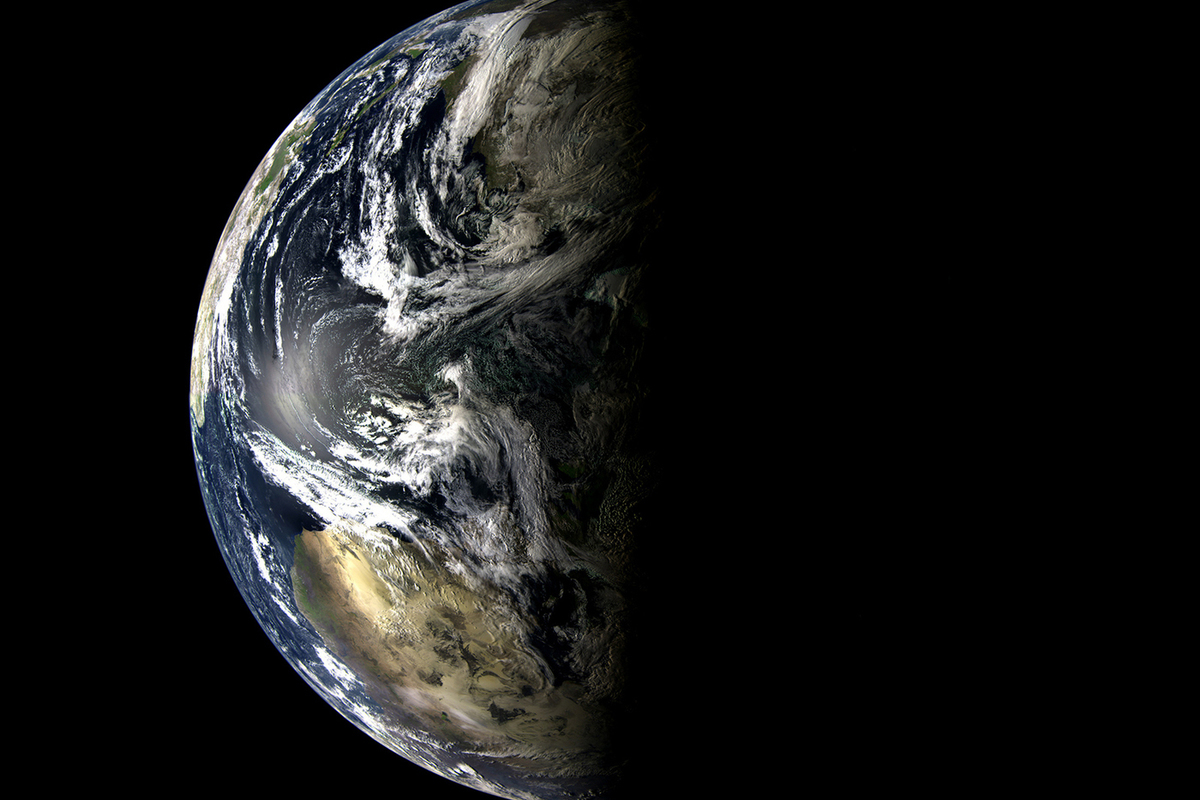The Arktika-M satellite No. 2 sent the first image of the Earth: round-the-clock coverage of the North is provided
[ad_1]

The space group being created is gaining momentum
The first image of the Earth was sent by the Arktika-M hydrometeorological spacecraft No. 2. With it, Russia provided itself with a round-the-clock overview of the northern territories.
The spacecraft developed at the NPO named after. S.A. Lavochkin (part of the Roscosmos Group of Companies), was launched from the Baikonur Cosmodrome on December 16, 2023. It became the second satellite of the highly elliptical Arctic constellation (the first Arktika-M was launched into the target orbit in February 2021).
One of the most important devices installed on the Arktika-M series satellites is multispectral scanning devices for hydrometeorological support. It is they who conduct continuous photography of the Earth’s surface with a frequency of 15 to 30 minutes in ten spectral ranges, seven of which are infrared. The spatial resolution of the images ranges from 1 to 4 km, and the accuracy of measuring the temperature of the underlying surface of the planet reaches 0.1–0.2 degrees Celsius.
The satellites are in a working highly elliptical Molniya orbit with an inclination to the equator of 63.3 degrees. The apogee altitude of the second Arktika-M is approximately 38,900 km, and the perigee is 1,400 km.
Two Arktika-M spacecraft will alternately replace each other in working areas of the orbits and provide continuous round-the-clock coverage of the northern territory of Russia. In addition, the tasks of their operators include obtaining heliogeophysical information, relaying information from ground-based platforms for collecting meteorological data, as well as transmitting signals to rescue services about the location of ships and aircraft in distress in the interests of the international search and rescue system COSPAS-SARSAT.
As Roscosmos previously reported, four more Arctic satellites will be launched into space by 2031.
According to the chief designer of the direction at RKS, Yuri Gektin, data received from satellites is used by various departments of Roshydromet and other departments to increase the reliability of long-term and short-term weather forecasts, they help monitor emergency situations, carry out environmental monitoring of the environment, and provide scientists with a large amount of new data to study climate.
[ad_2]
Source link








